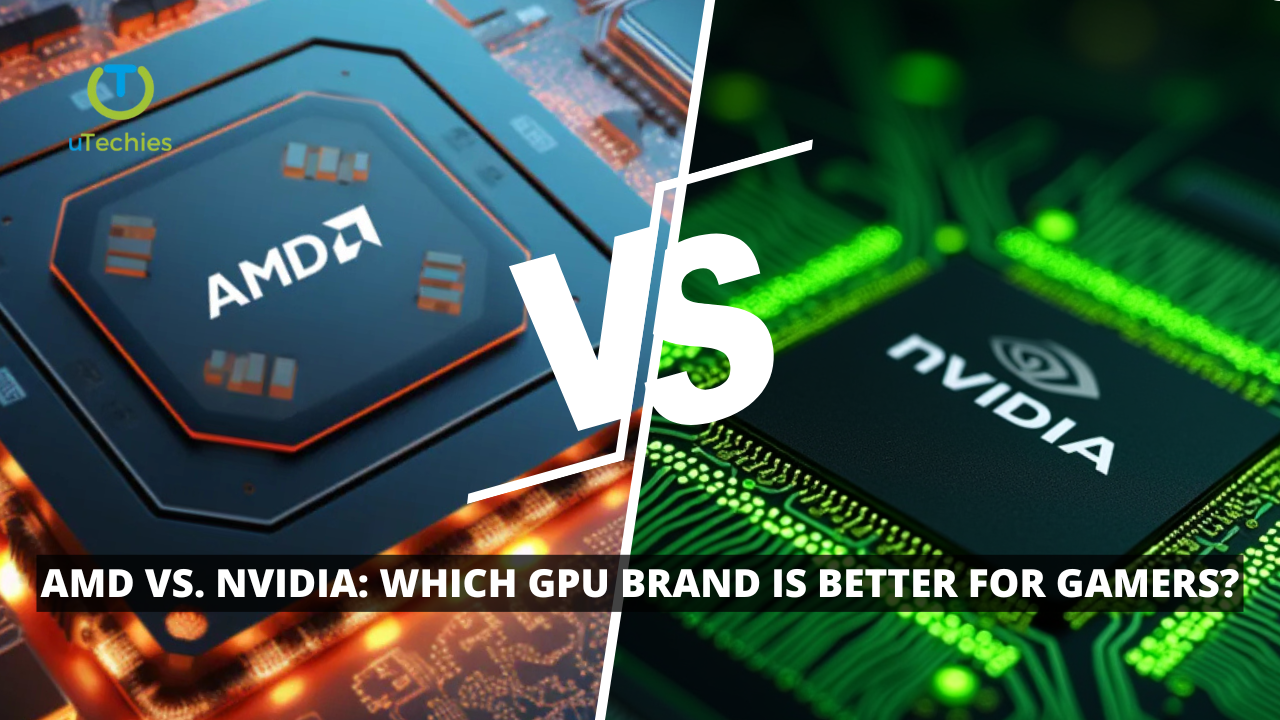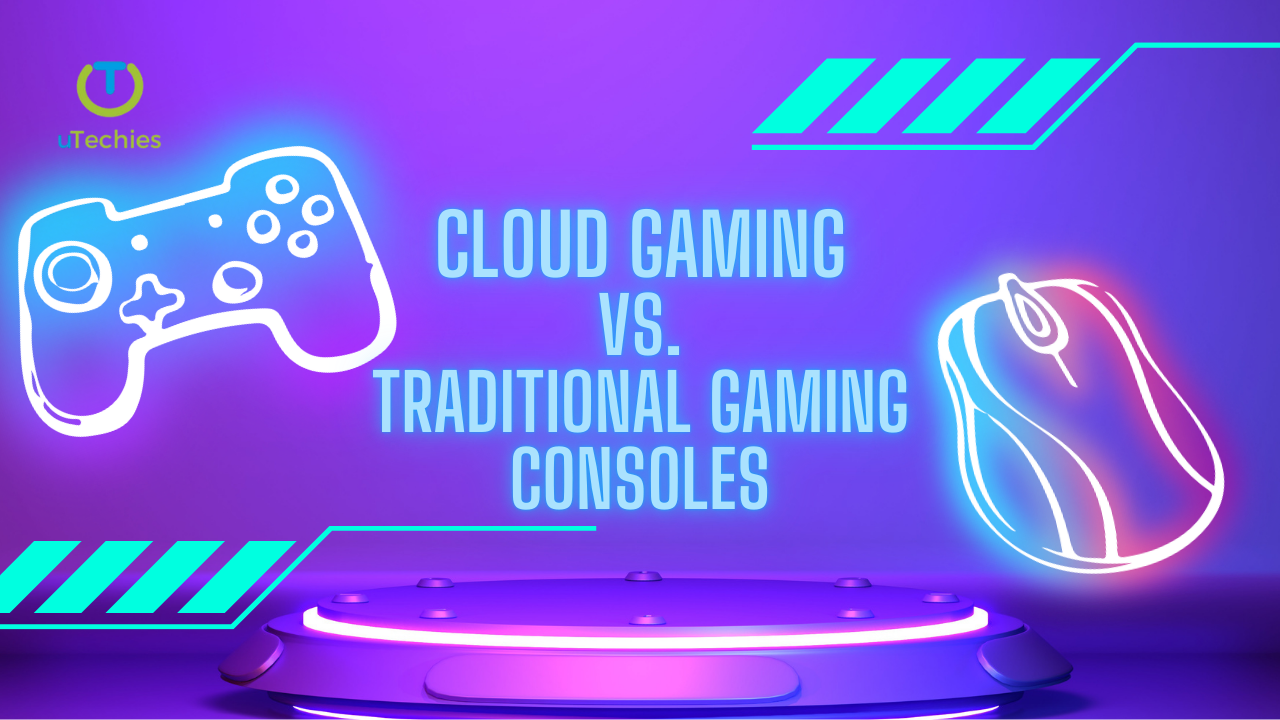Choosing the right graphics card can be daunting, especially when the two giants—AMD and NVIDIA—dominate the market. Both brands bring unique strengths to the table, catering to gamers with varying needs and budgets. This blog delves into the core differences between AMD and NVIDIA GPUs, offering insights to help gamers make an informed choice.
Performance Showdown
Pushing Limits: High-End GPUs
For those chasing cutting-edge performance, NVIDIA’s GeForce RTX 4090 is the current heavyweight champion. It’s a powerhouse for 4K gaming, delivering jaw-dropping visuals and seamless ray tracing. Features like DLSS (Deep Learning Super Sampling) further boost frame rates, making it ideal for immersive gaming adventures. On the other hand, AMD’s Radeon RX 7900 XTX packs a punch with commendable performance at a more affordable price, a perfect pick for gamers wanting top-tier capabilities without breaking the bank.
Mid-Range and Budget Gems
AMD shines brightly in the mid-range and entry-level segments, offering excellent value for money. Models like the Radeon RX 7800 XT frequently outperform NVIDIA counterparts in rasterization-heavy games while being wallet-friendly. For budget-conscious gamers, AMD’s lineup often provides a more balanced mix of performance and affordability.
Game Optimization Matters
Not all games are created equal, and optimization plays a significant role in performance:
- Titles developed with AMD’s backing, like Assassin’s Creed Valhalla, tend to excel on Radeon cards.
- Conversely, NVIDIA-optimized games, such as Cyberpunk 2077, leverage its hardware for a smoother experience.
Features That Set Them Apart
NVIDIA: Innovation at Its Core
NVIDIA leads the pack in advanced gaming tech:
- Ray Tracing: Elevates visual realism with lifelike lighting and shadows.
- DLSS: Boosts frame rates without sacrificing image quality, leveraging AI to enhance gameplay.
- GeForce Experience: A user-friendly tool for driver updates and in-game optimizations.
AMD: Value-Packed Essentials
AMD focuses on offering more bang for your buck:
- FSR (FidelityFX Super Resolution): While less advanced than DLSS, it delivers solid upscaling for smoother gameplay.
- Radeon Software: Simplifies game optimization and adds streaming capabilities, though it’s less polished compared to NVIDIA’s suite.
Efficiency and Heat Management
NVIDIA’s latest GPUs are celebrated for their power efficiency, translating to lower energy bills and cooler systems under load. AMD, with its RDNA architecture, isn’t far behind, offering competitive thermal performance that keeps temperatures in check, even during marathon gaming sessions.
The Final Verdict: AMD or NVIDIA?
The answer largely depends on your priorities:
- Budget-Friendly Choices: AMD is a clear winner, offering great performance across price ranges.
- Top-Tier Gaming Needs: NVIDIA excels in high-end gaming with features like DLSS and unparalleled ray tracing.
- Game-Specific Optimization: Look into the titles you play most—some may perform better with one brand over the other.
In the end, both AMD and NVIDIA offer stellar options tailored to different gaming preferences. Whether you’re aiming for unbeatable visuals or exceptional value, understanding your gaming goals is the key to picking the perfect GPU.






